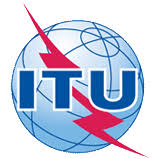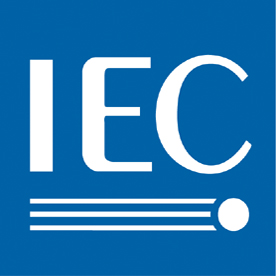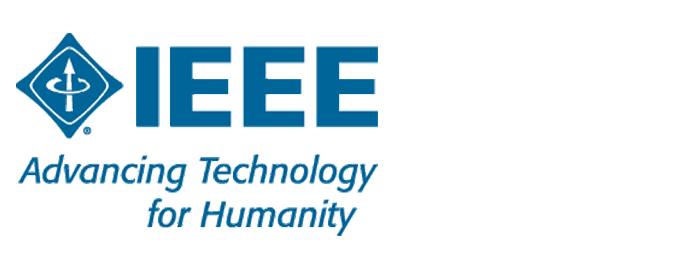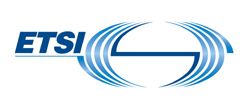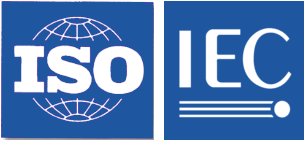ITU-T - SG17 - X.gecdsGuideline on edge computing data security
Edge computing is strongly related to 5G and UPF is the data connection point between the MEC system and 5G Network architecture. The sinking of 5G network user plane brings threats such as illegal eavesdropping, which may seriously threaten the data security in edge computing. The edge node has unique features itself and whether in the physical environment or the network, the data security will be an important problem that the edge nodes need to face. Therefore, the recommendation analyses the edge computing data security mainly from these two aspects and provides relative data security challenges and threats and data security guidelines for Edge Computing. This recommendation could help to address the data security issues in Edge Computing implementation
